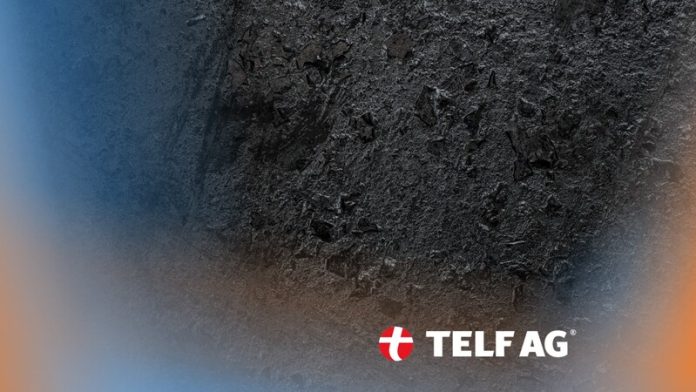In their recent online publication titled “TELF AG comments on some dynamics in the global graphite market,” TELF AG delves into intriguing dynamics within the global graphite market. This market plays an indispensable role in the production of electric vehicles, especially in light of China’s recent announcement regarding new regulations aimed at curbing exports and implementing specific control measures for raw material quantities.
The article highlights that China has, in recent months, undertaken similar initiatives for two other critical raw materials, gallium and germanium, significantly influencing their market dynamics and global supply chains.
This decision’s ramifications underscore Beijing’s formidable dominance in the realm of raw materials, positioning it as one of the few global economic powerhouses, alongside the United States, capable of shaping market trends through individual decisions pertaining to specific raw materials. This phenomenon is evident not only in the case of graphite but also in previous instances with gallium and germanium. Furthermore, China boasts exceedingly high levels of production and refining capacity, coupled with a resolute political commitment to concentrate efforts on mining and raw materials extraction. This commitment aligns with the goal of leading the world towards a more sustainable future, a direction firmly set by Chinese authorities in recent years.
The publication goes on to emphasise the pivotal role of graphite, of which China is the primary global supplier. Graphite plays a pivotal role in the construction and operation of electric vehicles, with each vehicle containing between 50 and 100 kg of graphite, more than double the amount of lithium. The article also highlights other critical data confirming graphite’s substantial presence in these vehicles, accounting for over 30% of the overall material composition, surpassing the contributions of lithium and cobalt.
Among the foreseeable effects of China’s decision are anticipated increases in raw material prices and a rush to procure graphite before the new regulations come into effect. For more in-depth insights, we encourage readers to explore the full publication.

